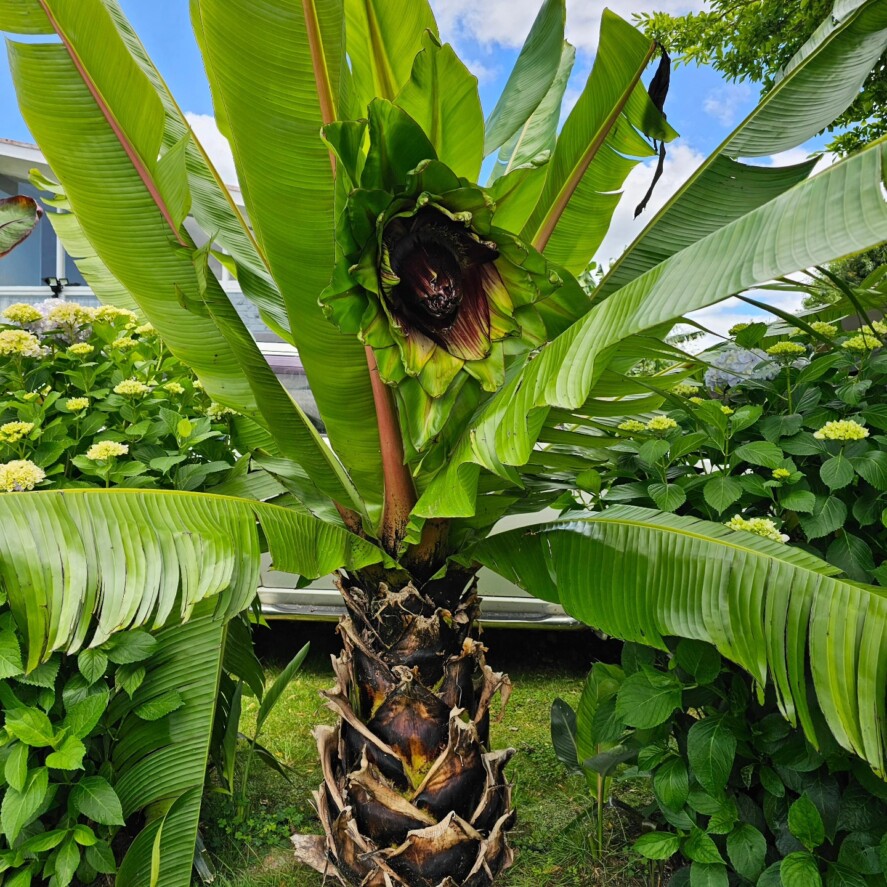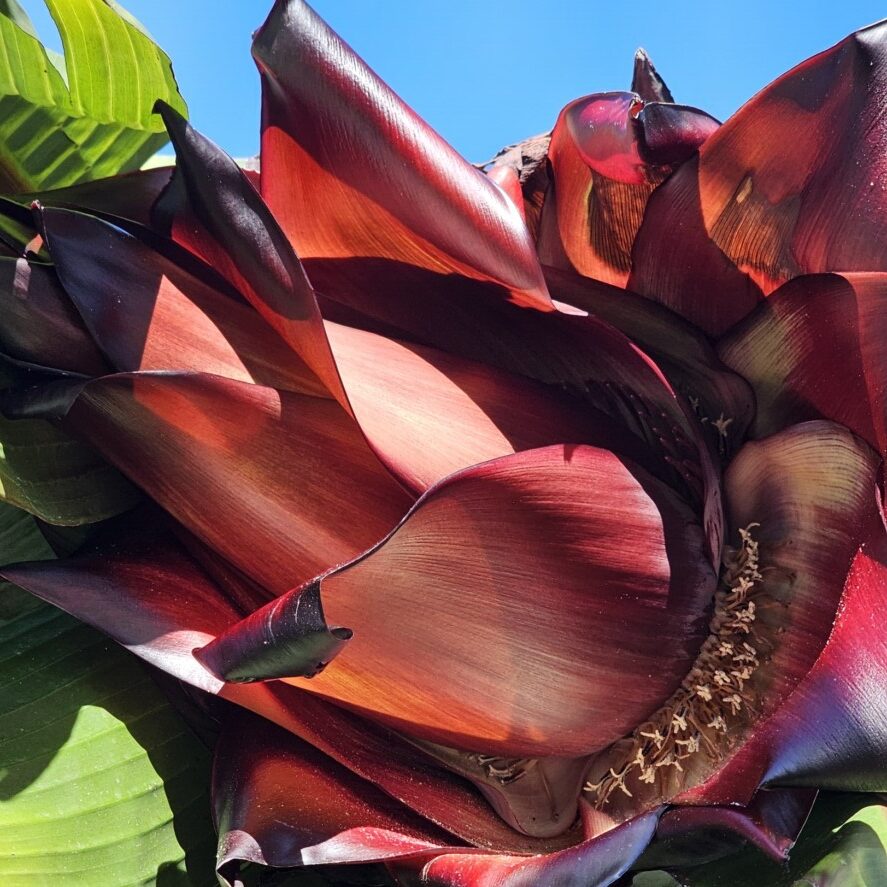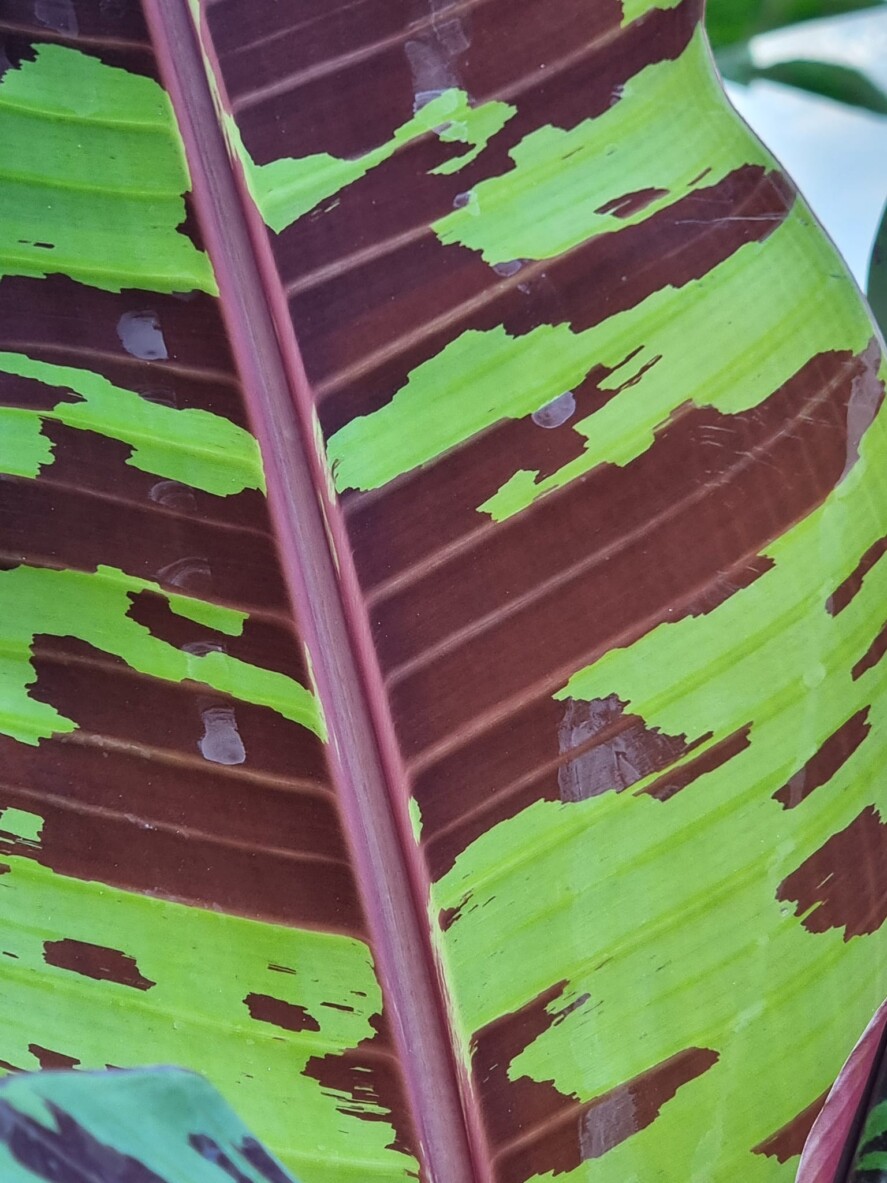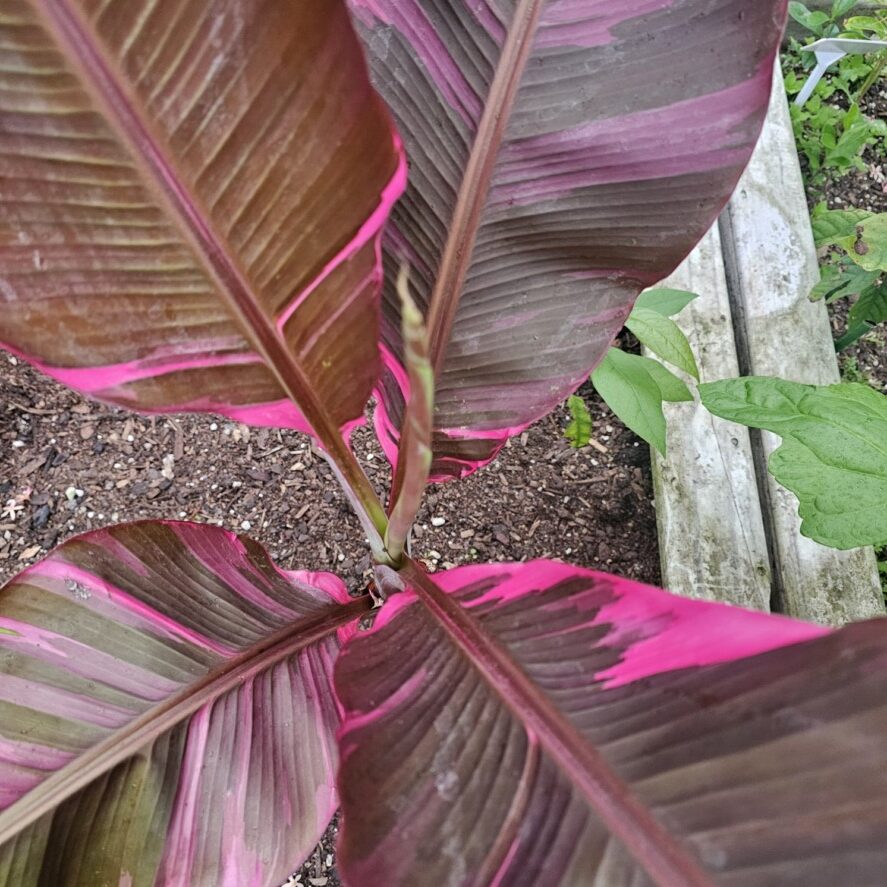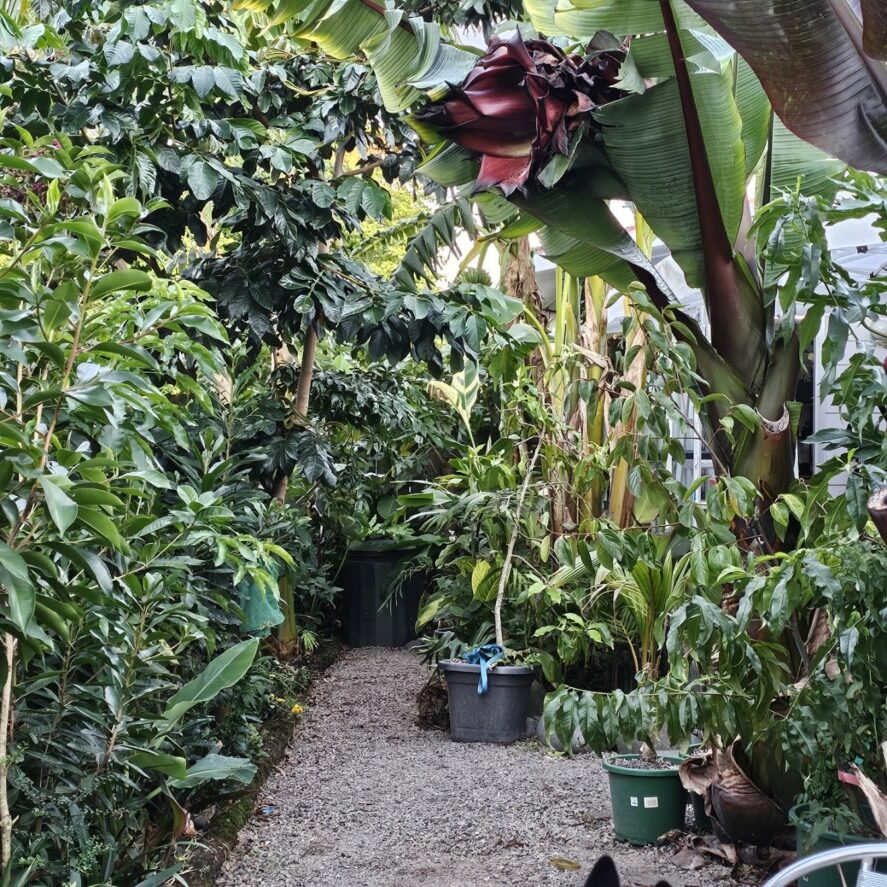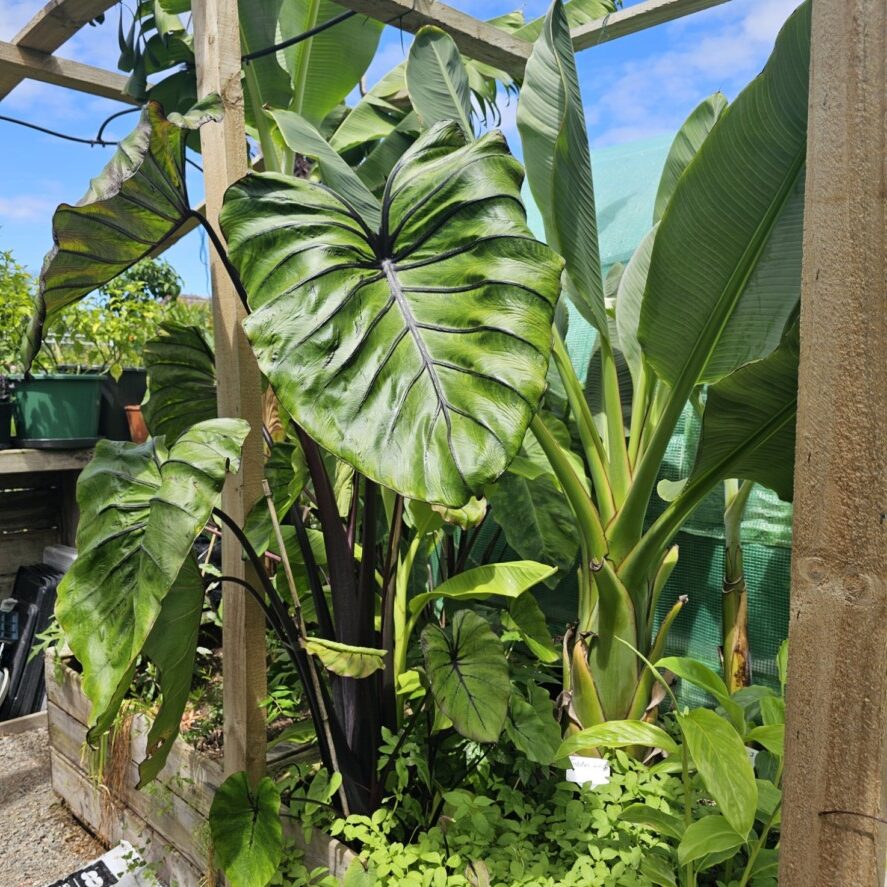-
Troppo Plant & Garden Articles
- Te Puke Region
- TROPPO’s Food Forest in Te Puke, BOP (www,foodforest.org.nz)
- Troppo’s Plant Collection
- TROPPO's Nursery Directory
- Food Forests of New Zealand (www.foodforests.nz)
- Nursery Map - Plant Suppliers of NZ Directory (www.nurserymap.nz)
- Kids Garden Corner
- New Zealand Garden Bird Survey
- New Zealand Garden Groups
- Delicious Recipes
Which White Sapote variety should i choose to plant for a new zealand food forest
Many gardeners in New Zealand are discovering the benefits of growing White Sapote in their food forests, but choosing the right variety is vital for success. Some cultivars tolerate cooler temperatures better, while others produce smoother, creamier fruit with superior flavor. Since New Zealand’s climate can be unpredictable, selecting a cold-hardy and reliable variety will increase your chances of a productive tree. However, be aware that some varieties are susceptible to branch breakage due to heavy fruit loads, so careful pruning is necessary. In this guide, you’ll learn which White Sapote variety suits your location and growing conditions best.
Key Takeaways:
- Choose cold-hardy varieties like ‘Mac’s Golden’ or ‘Golden Globe’ as New Zealand’s climate can be cooler than the plant’s native range.
- Ensure the selected variety is self-fertile or plant multiple compatible cultivars to enhance fruit production.
- Consider flavor and texture preferences, as some varieties have a smoother, creamier consistency while others may be more fibrous.
Understanding White Sapote Varieties
Before selecting a variety for your New Zealand food forest, you need to understand the differences between White Sapote types. This subtropical fruit tree produces sweet, custard-like fruit, but not all varieties thrive in cooler climates. Some are better suited for coastal areas, while others tolerate occasional frosts. Growth habits, fruit size, and ripening seasons also vary between cultivars. By familiarizing yourself with these aspects, you can choose a variety that matches your climate and soil conditions. A well-suited White Sapote will enhance your food forest with reliable yields and resilience against seasonal changes.
Popular Types of White Sapote
White Sapote comes in multiple varieties, each with distinct growth patterns, fruit characteristics, and climate preferences. Below is an overview of five well-known varieties:
| Variety | Key Features |
|---|---|
| Pike | Medium-sized, sweet fruit with a smooth texture; reliable producer. |
| Suebelle | Small, high-quality fruit with an excellent flavor; compact growth. |
| McDill | Large fruit with rich, sweet taste; strong, vigorous growth. |
| Vernon | Consistently heavy-bearing; creamy, high-sugar fruit. |
| Golden Globe | Golden-skinned fruit; firm texture with a mild, sweet flavor. |
Assume that your location’s temperature, space, and culinary preferences will influence the best choice.
Best Varieties for New Zealand’s Climate
Now, when selecting a White Sapote variety for New Zealand, you should consider cold tolerance, fruit quality, and productivity. Vernon and Suebelle perform well in cooler regions, offering good yields and reliable fruiting. Pike is another viable option due to its adaptability and compact size. These varieties can withstand mild frosts better than others. Choosing a hardy cultivar will ensure a steady fruit supply while maintaining the health of your food forest.
Sapote trees prefer warm summers and mild winters, but New Zealand’s variable climate can pose challenges. Selecting a variety with better cold tolerance reduces the risk of fruit loss in unexpected frosts. Suebelle, for example, thrives in small spaces and is well-suited for urban orchards. Vernon offers excellent production, making it a good option for those seeking consistent harvests. If your region experiences occasional cold snaps, you might want to plant your tree near a sheltered spot to protect it from strong winds and frost exposure.
Key Factors for Choosing a Variety
You need to consider several key factors when selecting a White Sapote variety for your New Zealand food forest. Each variety has unique traits that affect growth, fruit quality, and adaptability. Look at:
- Climate and soil conditions – How well the variety will cope with your local environment.
- Growth habit and space – The size and shape of the tree and spacing requirements.
- Fruit quality and harvest time – Taste, texture, and when the fruit ripens.
- Disease resistance – How well it withstands pests and diseases.
Any variety you choose should match your site conditions and long-term goals.
Climate and Soil Conditions
An understanding of your local climate and soil will help you pick a variety that thrives. White Sapote prefers mild winters and tolerates light frost, but severe cold can damage young trees. Well-draining, fertile soil supports healthy growth, while heavy clay may lead to root issues. On the other hand, sandy soils may require more organic matter to retain nutrients. Any variety you plant should align with the temperature range and soil type of your food forest.
Growth Habit and Space Requirements
For a productive food forest, you need to plan for the tree’s size and structure. White Sapote trees can grow 6-15 meters tall with a spreading canopy, making them suitable for large spaces or areas with selective pruning. Some varieties have a denser growth habit, while others develop a more open and manageable structure. Any choice should fit within your available space while allowing proper airflow and sunlight penetration.
Variety selection affects how much pruning and maintenance your tree will need. Vigorous types may require frequent trimming to keep them manageable, while compact-growing selections work well in smaller sections of your food forest. If space is tight, choosing a naturally smaller variety or grafting onto a dwarfing rootstock can help control tree size. Proper spacing prevents crowding, improves fruit production, and lowers disease risks by ensuring good airflow.
Pros and Cons of Different Varieties
To choose the best white sapote variety for your New Zealand food forest, you need to weigh the benefits and drawbacks of each type. Some varieties offer high yields, while others require less maintenance. Consider factors such as fruit quality, growth speed, and climate adaptability.
| Pros | Cons |
|---|---|
| Produces abundant fruit | Can be prone to branch breakage |
| Thrives in mild climates | May struggle in colder areas |
| Rich, sweet flavor | Short shelf life |
| Low-maintenance varieties available | Some require pruning |
| Self-fertile options exist | Others need cross-pollination |
| Fast-growing varieties available | Some trees take years to fruit |
| Adaptable to different soil types | Prefers well-drained soil |
| Can tolerate some drought | Young trees need regular watering |
| Flowers attract pollinators | Overripe fruit attracts pests |
| Multiple varieties to suit preferences | Some have a slightly bitter aftertaste |
High-Yield vs. Low-Maintenance Trees
An important factor to consider is whether you prefer high-yielding trees or low-maintenance varieties. High-yield trees, such as ‘Cuccio’ and ‘Reinecke Commercial’, produce large amounts of fruit but may require strong branch support. On the other hand, low-maintenance varieties like ‘Pike’ grow more compactly, making them easier to manage but with slightly smaller harvests. If you have limited time for tree care, choosing a hardy, low-maintenance variety may be the best option for your food forest.
Pest and Disease Resistance
One key aspect of selecting a white sapote variety is resistance to pests and diseases. Some varieties are naturally more resistant to common threats, such as fruit fly infestations and fungal diseases. Choosing a variety with strong pest resistance can reduce the need for interventions and help ensure a healthy, productive tree.
Varieties such as ‘Vernon’ and ‘Suebelle’ tend to show better resistance to common issues, making them a safer choice for organic and low-maintenance food forests. However, all white sapote trees can attract pests if fruit is left on the ground, so regular harvesting is vital. Ensuring proper air circulation and avoiding overly damp conditions can also help prevent fungal infections from spreading. By selecting a variety known for its strength against pests and diseases, you can increase your chances of a successful and sustainable harvest.
Step-by-Step Guide to Planting White Sapote
After selecting a White Sapote variety suited to New Zealand’s climate, follow these steps to ensure a successful planting. Proper planning, site selection, and care will enhance tree health and fruit production.
| Step | Description |
|---|---|
| Site Selection | Choose a sunny, sheltered spot with well-draining soil and protection from strong winds. |
| Soil Preparation | Improve soil by adding organic matter and ensuring proper drainage to prevent root rot. |
| Planting | Dig a hole twice the size of the root ball, place the tree, and backfill with soil. |
| Watering | Provide deep but infrequent watering, especially during the first year. |
| Mulching | Apply organic mulch around the base to retain moisture and suppress weeds. |
| Protection | Shield young trees from frost and strong winds to avoid stress and damage. |
Site Selection and Preparation
Sapote trees thrive in warm, sheltered areas with plenty of sunlight. Choose a location with well-draining soil, as waterlogged roots can cause serious health issues. Avoid low-lying spots that collect cold air, as frost damage can slow growth. If soil is heavy or clay-based, improve drainage by adding organic matter such as compost or sand. Creating a slight mound when planting helps prevent excess moisture accumulation. Wind protection is important, so consider planting near a fence or using windbreaks to reduce stress on young trees.
Planting and Early Care
Assuming your site is prepared, dig a hole twice as wide as the root ball but no deeper. Set the tree in place, ensuring the graft line remains above the soil. Backfill gently, pressing down to remove air pockets but not compacting too firmly. Water immediately to help settlement. Applying a thick layer of mulch around the base will improve moisture retention and keep weeds at bay. However, make sure the mulch stays a few inches from the trunk to prevent rot. Stake young trees if wind exposure is high, but avoid tight bindings that can damage the bark.
With regular care, your White Sapote will establish a robust root system within the first year. Water deeply but infrequently, allowing the soil to dry slightly between sessions to promote healthy root growth. Overwatering is a common mistake that can lead to root diseases. Fertilize lightly with a balanced organic blend in spring and summer to encourage strong development. Keep an eye out for pests such as aphids or scale, and address any infestations promptly with organic sprays or beneficial insects. By providing the right care from the start, you will set your tree up for long-term productivity.
Essential Tips for Growing White Sapote Successfully
All successful white sapote trees require proper care, starting with well-drained soil and a location with full sun. Ensure protection from strong winds, as the branches can be brittle. Regular watering is important, but avoid waterlogging to prevent root rot. Feed your tree with a balanced fertilizer for vigorous growth. Consider growing different varieties for improved pollination and better fruit yield. The right care will help your white sapote thrive in New Zealand’s climate.
Pruning and Maintenance
Pruning helps maintain tree shape, encourages strong branches, and enhances fruit production. Trim weak or crossing branches to prevent breakage and improve airflow. Regularly remove deadwood and suckers from the trunk to direct energy into productive growth. The best time for pruning is late winter or early spring before new growth begins.
Harvesting and Storage
On a mature white sapote tree, fruit ripens in late summer to early autumn, turning slightly soft when ready to pick. Handle with care as the skin is thin and delicate. Store ripe fruits at room temperature if consuming soon or refrigerate for a few days to extend freshness. The flavor reaches its peak when the flesh becomes fully soft.
It’s important to harvest white sapote at the right stage, as they do not ripen evenly on the tree. If picked too early, the fruit may remain hard and unpalatable. A gentle squeeze will indicate ripeness – fruit should yield slightly under pressure. Store in a cool, dry place to avoid overripening, as the soft flesh bruises easily. If you have a surplus, white sapote pulp can be frozen for later use in smoothies or desserts, preserving its sweet, custard-like flavor.
Common Challenges and How to Overcome Them
Despite the white sapote’s adaptability, growing it in a New Zealand food forest comes with challenges such as frost damage, pests, and diseases. Choosing the right variety, providing protection during cold snaps, and monitoring for potential threats will help keep your trees healthy. With the right strategies, you can ensure strong growth and consistent fruiting, even in less-than-ideal conditions.
Frost Protection Strategies
Them being subtropical trees, white sapotes can struggle in colder areas, especially when young. To protect them from frost damage, plant in a sheltered microclimate, such as against a north-facing wall or among other trees. Using frost cloths, mulch, and water-filled thermal mass (like large stones or barrels) can help regulate overnight temperatures. Once established, many varieties develop better tolerance, but early care is key to survival.
Dealing with Pests and Diseases
Little harm usually comes to a well-maintained tree, but white sapotes can occasionally attract sap-sucking insects, scale, and fruit flies. Regularly inspect new growth for infestations and encourage beneficial predators like ladybirds. Applying organic neem oil or horticultural soap keeps populations under control without harming pollinators. Well-drained soil and proper spacing reduce the risk of fungal diseases.
It is important to take a proactive approach when dealing with pests and diseases. White sapotes are relatively resilient; however, overwatering can invite root rot, and dense foliage may harbor unwanted insects. Pruning for airflow, applying organic sprays as needed, and maintaining healthy soil conditions will reduce problems. If fruit flies are an issue, use traps to monitor numbers and harvest fruit promptly to prevent infestations. By keeping your tree strong and stress-free, it will have better natural resistance to potential threats.
Conclusion
Ultimately, choosing the right White Sapote variety for your New Zealand food forest depends on your climate, space, and taste preferences. If you live in a cooler region, opt for a cold-hardy variety like ‘Vernon’ or ‘Pike’. For sweeter fruit and a reliable harvest, ‘Suebelle’ or ‘Lemon Gold’ are excellent choices. Ensure your selected variety is grafted for better fruit quality and faster production. By considering your local conditions and personal preferences, you can enjoy a productive White Sapote tree that enhances your food forest with delicious, nutritious fruit.

